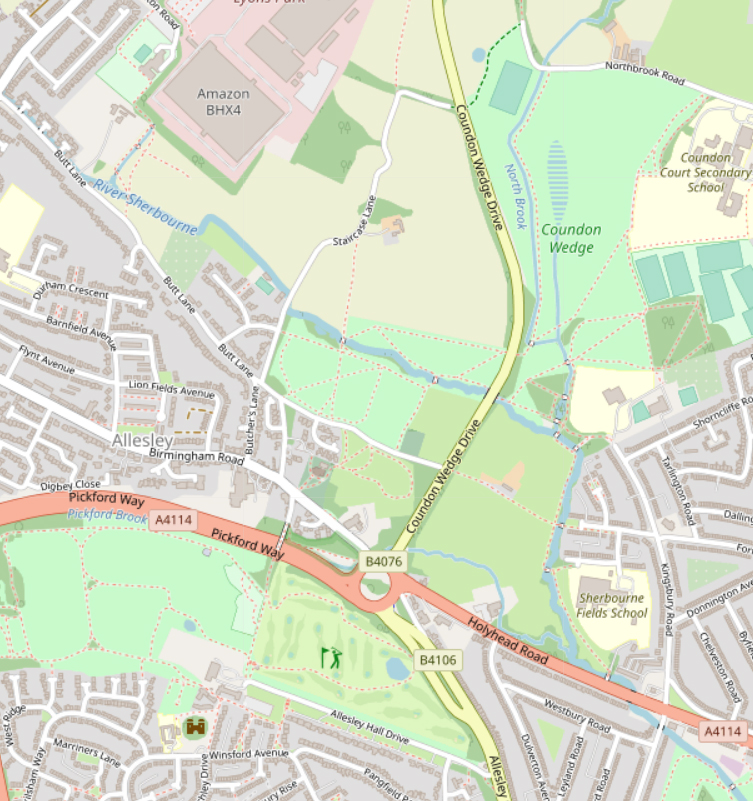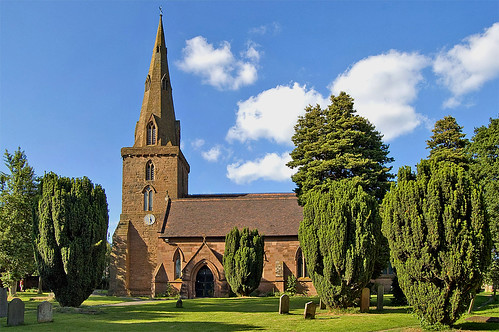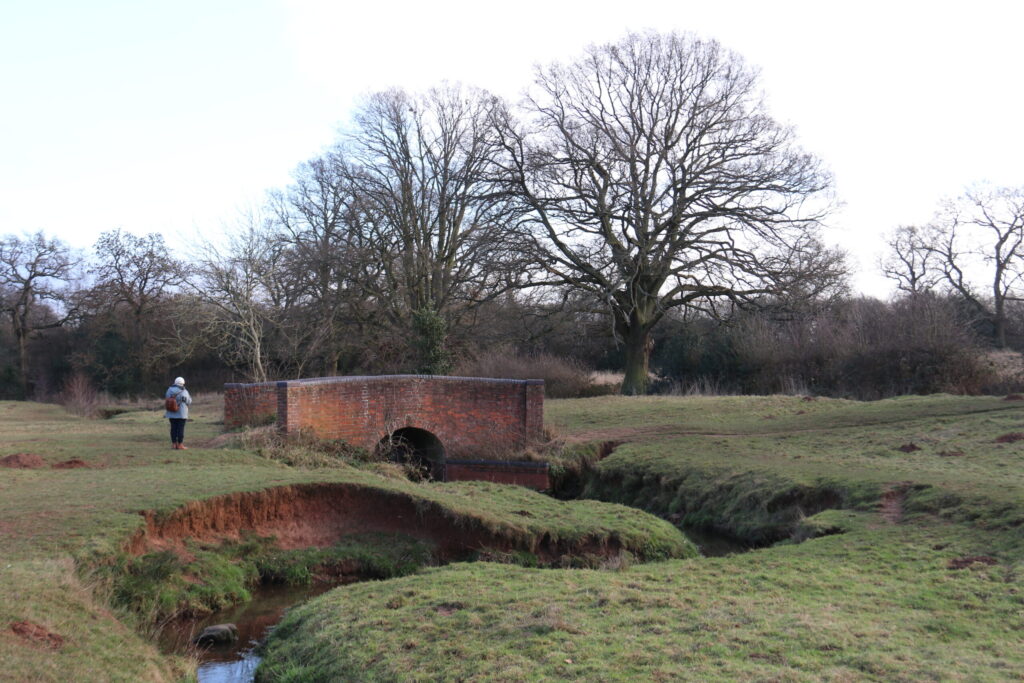Today we have the eleventh episode of Peter Walter’s series of lockdown walks “being a compendium of idle facts, hidden places and meaningless historiana gathered on walks within easy striding distance of the writer’s abode – and beyond”.

On a sweltering day in early August 1914, William Iliffe and his family are taking breakfast on the spreading lawns of their new home, Allesley Hall, when their butler approaches.
“Excuse me, sir,” he intones gravely with a stiff bow, “War has been declared.”
Whether true or (most likely) apocryphal, the story is easy to credit, even in the Allesley of a hundred years later. The Iliffes have long departed Coventry and their Arts and Crafts house is now a care home where staff and residents are fighting a very different kind of war in isolation. Yet the past is very close in a place that has been described as ‘the only traditional Warwickshire village remaining in Coventry’.
On higher ground overlooking the hall, beneath a thick canopy of trees, lie the barely detectable mound and ditches of Allesley Castle, a grand name for a site about which not even Historic England seems to know anything. Back in the 1960s local kids digging around in the undergrowth unearthed stonework and medieval tiles, but the archaeologists are yet to have a crack at it and until they do it will officially remain a mystery.
The nearby walled garden and dovecote date from the eighteenth century, and down through the park and across the Allesley bypass a lot of the old village centre goes even further back than that. I don’t know who WWO was, but his initials, and a date, 1608, are chiselled into a plaque on the Stone House, merely the oldest of a wonderful collection of period houses, the most handsome in the city.
From the roadway, considerably lowered by Thomas Telford when he built the new London to Holyhead road through here in the 1820s, the needlepoint spire of All Saints Church jabs the sky above the trees.

This being Allesley, the church has a rector, not a simple vicar. Over the years, more than one has carried the name of Bree, well known in these parts. But it wasn’t a Bree long ago who allowed drink to get in the way of his solemn duties as Rector of Allesley. A notorious drunkard, he preferred to play ninepins with a local butcher on a Sunday and once fought the village cobbler in the alehouse yard.
The churchyard, with its yews, redwoods and two hundred-year-old oak trees, leads out on the old pre-Telford road and then down into the fields of Coundon Wedge, to where the River Sherbourne burbles over pebbles under an old stone bridge. This is the beginning of north Warwickshire’s typical farming landscapes, all narrow lanes and high hedges, and in the distances, across the fields, it’s just possible to see Coundon Court, the house built for cycle magnate George Singer in the 1890s. It’s said that the mercurial American dancer Isadora Duncan once danced there during a weekend party. But that’s probably apocryphal too.

